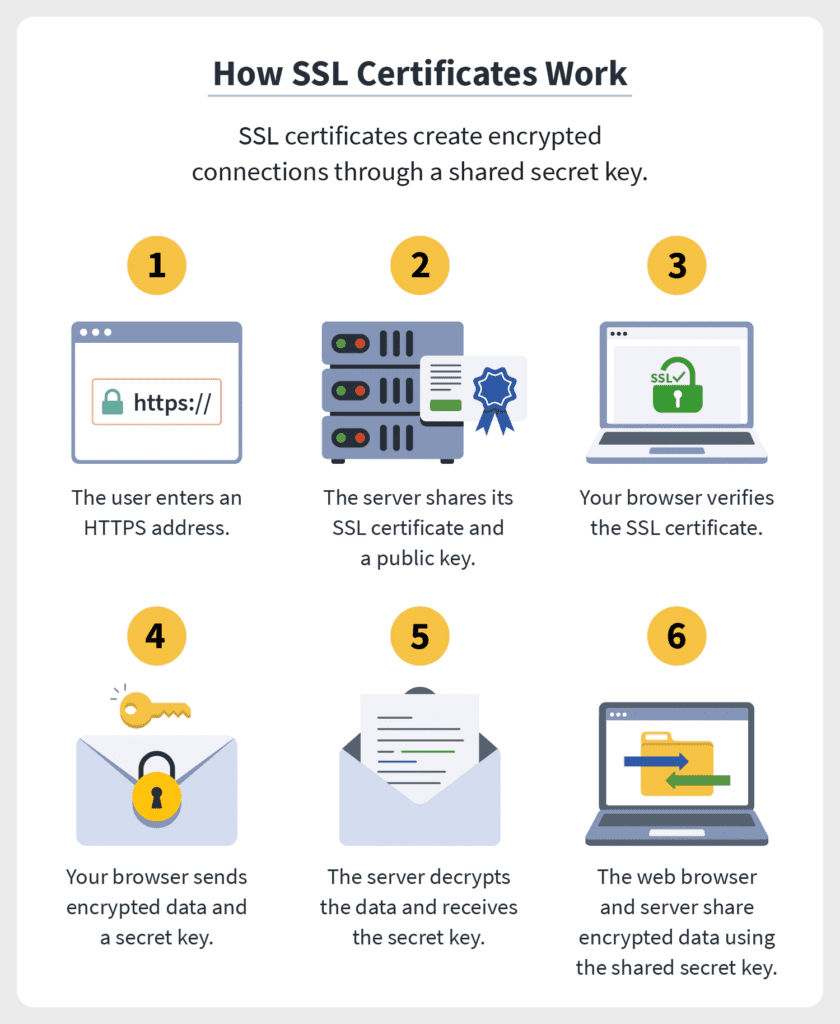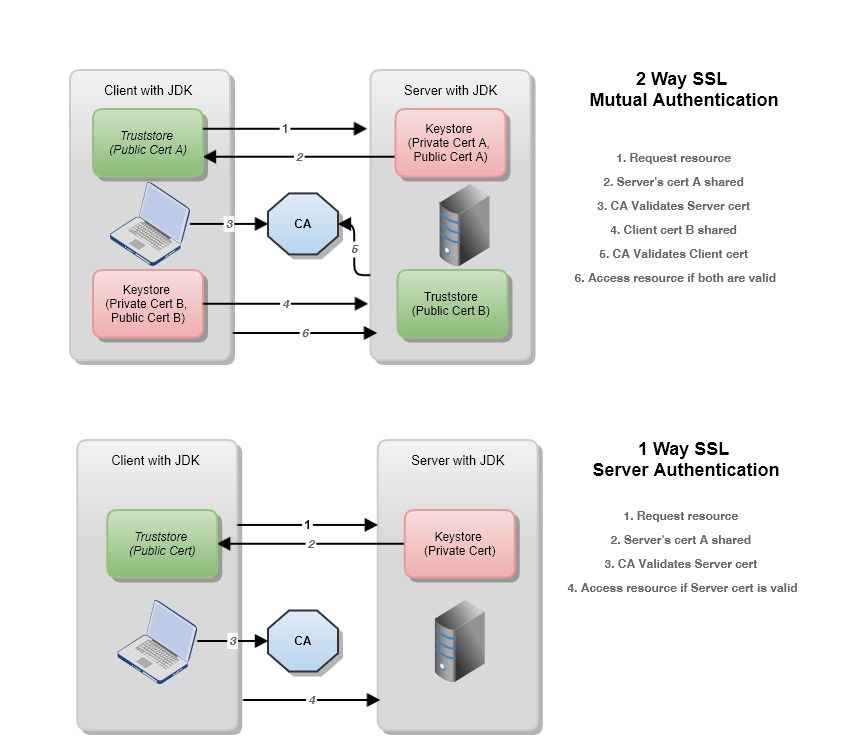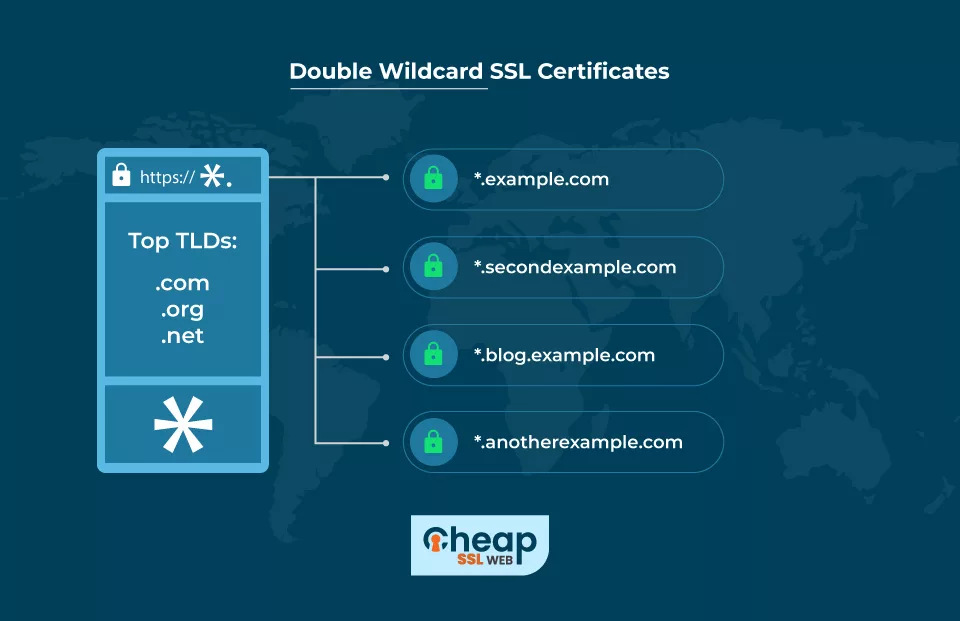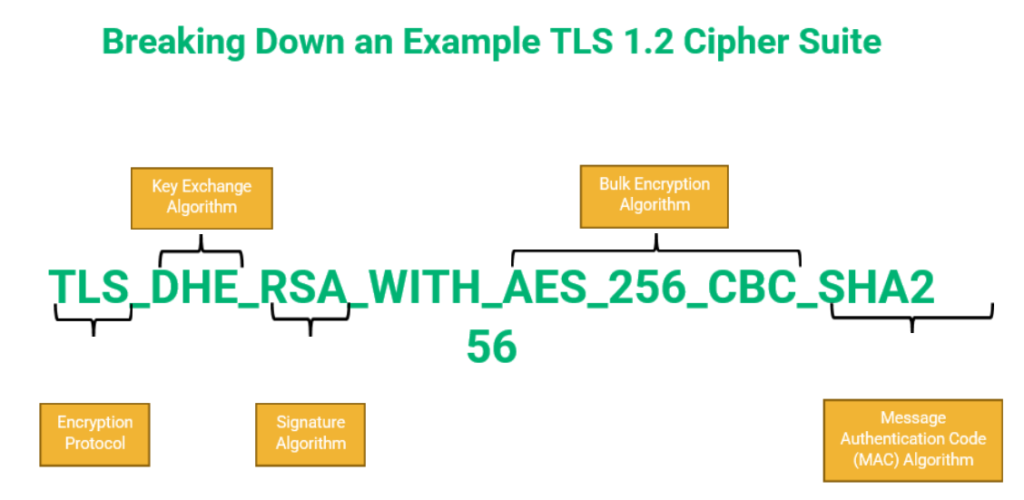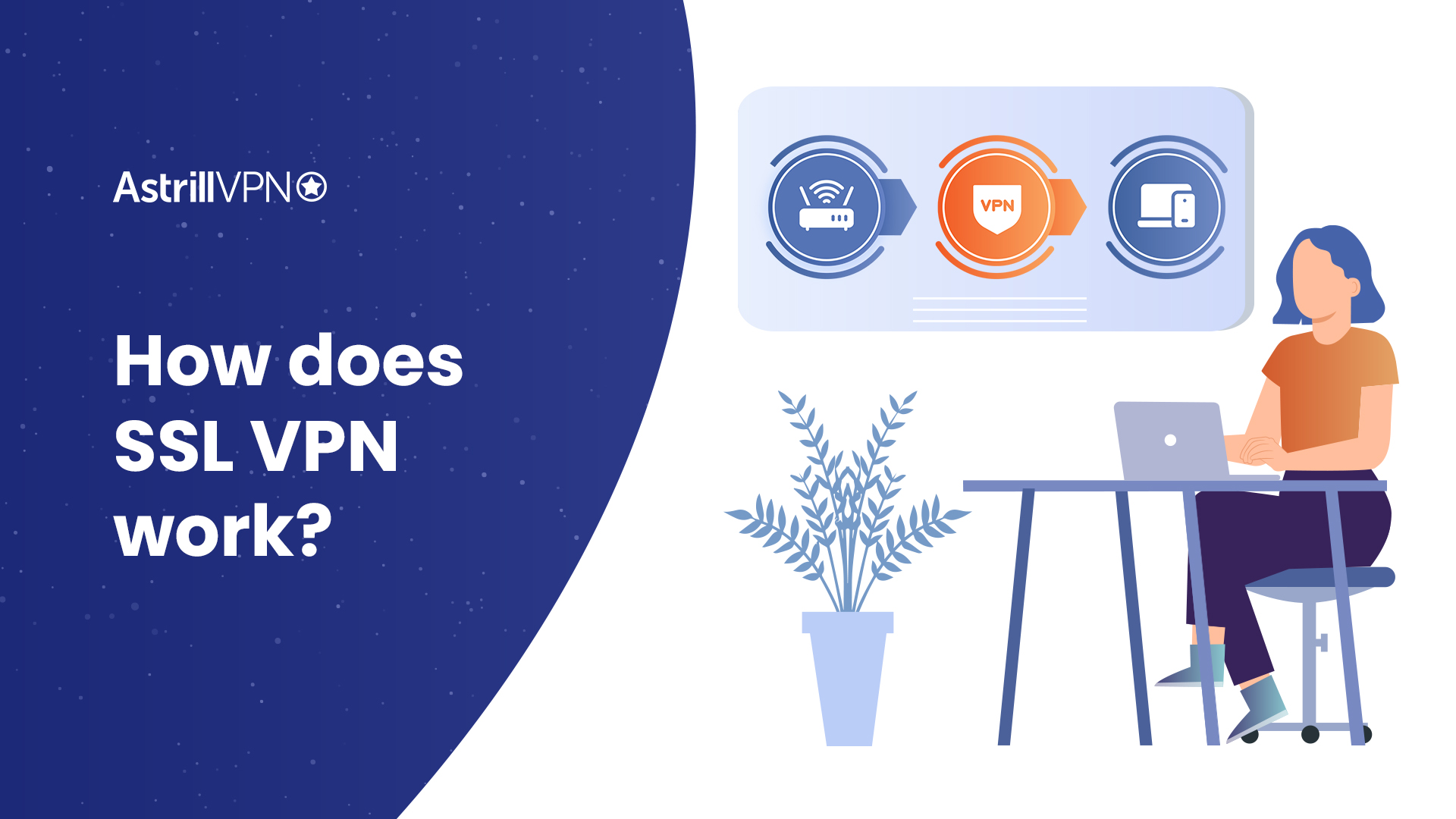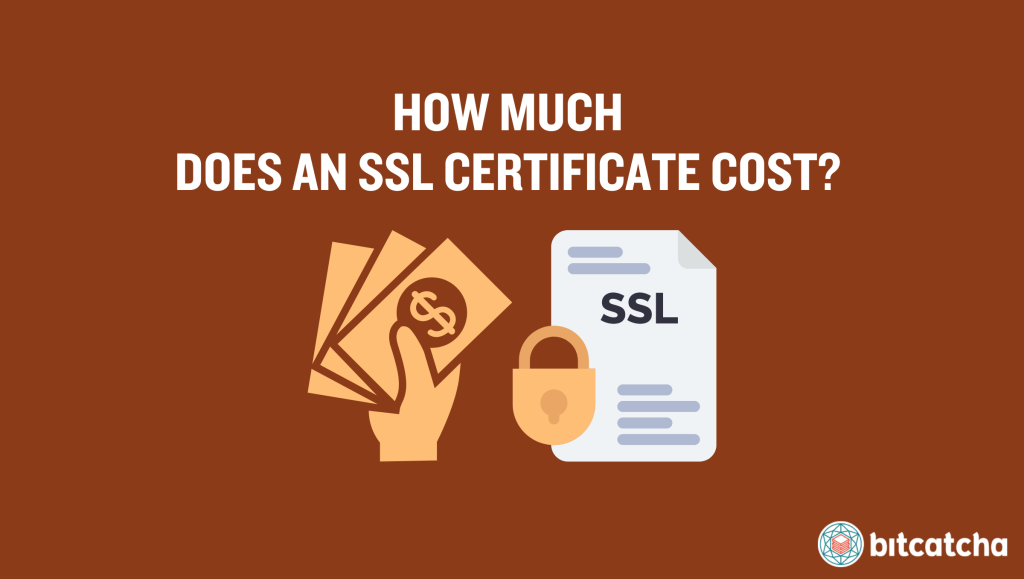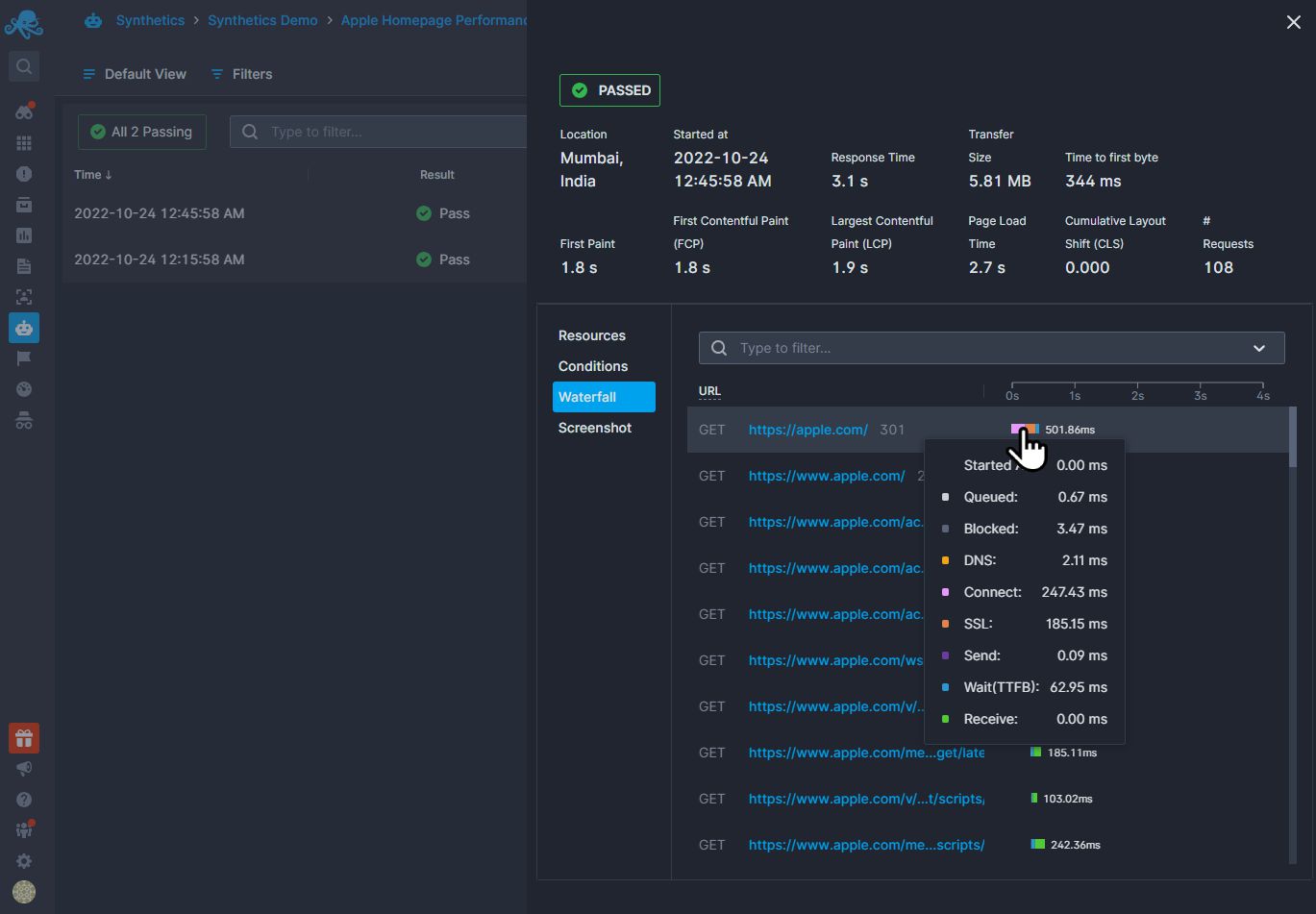How Many Ssl Players Are There

The competitive video game Rocket League boasts a vibrant esports scene, and among its most skilled players are those who achieve the rank of Supersonic Legend, or SSL. Pinpointing the exact number of SSL players globally, however, is a complex task due to the game's dynamic ranking system and lack of official, publicly available statistics.
Understanding the approximate number of SSL players is important for gauging the overall skill level within the game's ranked ecosystem. It also helps potential professional players to understand the competitive landscape.
This article will explore the factors influencing SSL population, discuss estimates based on available data, and examine the implications for the Rocket League community.
Understanding the Supersonic Legend Rank
Supersonic Legend is the highest attainable rank in Rocket League's competitive playlists. It represents the top echelon of players, signifying exceptional mechanical skill, game sense, and teamwork.
Unlike lower ranks, which have specific divisions (e.g., Gold II Division IV), SSL is a single tier based on a Matchmaking Rating (MMR) threshold. Reaching SSL requires consistent high-level performance against other skilled players.
This makes it difficult to estimate its population due to the fluctuating MMR requirements that change with the general player base's skill level.
Data Scarcity and Estimation Challenges
Psyonix, the developer of Rocket League, does not publicly release precise data on the number of players in each rank. This lack of transparency makes direct calculation impossible.
Estimates are often derived from community-driven data collection initiatives and analyses of ranked leaderboards. These methods rely on unofficial sources, so they have an inherent margin of error.
Furthermore, the number of active players and the overall skill distribution within the Rocket League population fluctuate over time, impacting the SSL threshold.
Community-Driven Estimates
Various websites and community members have attempted to estimate the SSL population using different methodologies. These often involve analyzing leaderboard data and extrapolating based on sample sizes.
Some approaches include calculating the percentage of players within specific MMR ranges. The numbers are then translated to an approximation of the total SSL population.
However, these estimates can vary significantly depending on the data source and the analytical methods employed. This emphasizes the need for caution when interpreting such figures.
Factors Influencing the SSL Population
The number of SSL players is not static. Several factors can influence its size at any given time.
Changes to the game's matchmaking system or MMR calculations can directly impact the threshold required to reach SSL. A change to the ranking curve will cause the SSL population to grow or shrink.
The influx of new players and the departure of veterans, along with the overall skill progression of the community, can also affect the distribution of players across the ranks.
Potential Implications for the Rocket League Community
The size of the SSL population can indirectly impact the experience for players at all skill levels. A larger SSL population potentially increases the pool of highly skilled players available for competitive matches.
For aspiring professional players, understanding the competition within the SSL ranks is crucial for setting realistic goals and developing effective strategies. These players need to be prepared to play at a level that puts them above the rest.
The number of SSL players also serves as a benchmark for the overall health and competitiveness of the Rocket League esports scene. A large and active SSL community often indicates a thriving competitive ecosystem.
Conclusion
While pinpointing the exact number of Rocket League SSL players remains challenging due to data scarcity, various community-driven estimates offer valuable insights.
These estimates suggest that SSL represents a small percentage of the overall player base, highlighting the skill and dedication required to reach the top rank.
Understanding the factors influencing the SSL population and its potential implications is important for appreciating the dynamics of the Rocket League competitive landscape and its future development.

